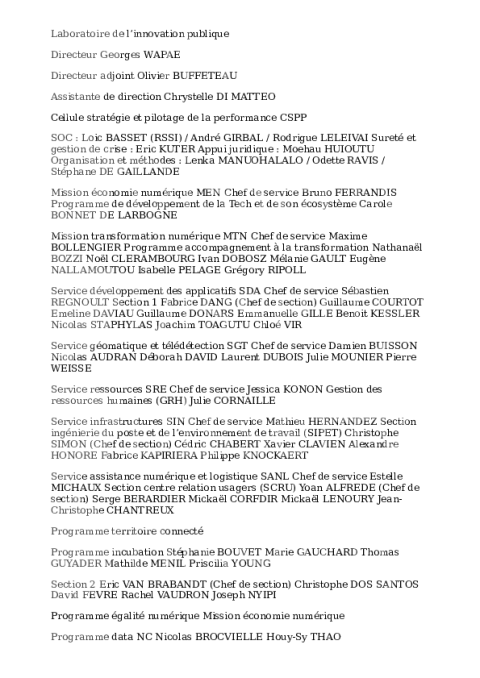Experiment guide for rc circuits 1 capacitors
EE Guide-P Experiment Guide for RC Circuits Lab -Lab I Introduction Capacitors A capacitor is a passive electronic component that stores energy in the form of an electrostatic ?eld The unit of capacitance is the farad coulomb volt Practical capacitor values usually lie in the picofarad pF - F to microfarad F - F range Recall that a current is a ow of charges When current ows into one plate of a capacitor the charges don't pass through although to maintain local charge balance an equal number of the same polarity charges leave the other plate of the device but instead accumulate on that plate increasing the voltage across the capacitor The voltage V across the capacitor capacitance C is directly proportional to the charge Q stored on the plates Q CV Since Q is the integration of current over time we can write v t Q t C i t dt C Di ?erentiating this equation we obtain the I-V characteristic equation for a capacitor i t C dV t dt Eq RC Circuits An RC resistor capacitor circuit will have an exponential voltage response of the form v t A Be t RC where constant A is the ?nal voltage and constant B is the di ?erence between the initial and the ?nal voltages e x is e to the x power where e the base of the natural logarithm The product RC is called the time constant whose units are seconds and is usually represented by the Greek letter When the time has reached a value equal to the time constant then the voltage is Be RC Be l B volts away from the ?nal value A or about of the way from the initial value A B to the ?nal value A The characteristic ??exponential decay ? associated with an RC circuit is important to understand because complicated circuits can oftentimes be modeled simply as resistor and a capacitor This is especially true in integrated circuits ICs A simple RC circuit is drawn in Figure with currents and voltages de ?ned as shown Equation is obtained from Kirchho ? ? s Voltage Law which states that the algebraic sum of voltage drops around a closed loop is zero Equation above is the de ?ning I-V characteristic CEE Guide-P Lab -Lab equation for a capacitor and Equation is the de ?ning I-V characteristic equation for a resistor Ohm ? s Law Vin VC VR VR IR RC dVC dt Eq Eq Combining Equations and into we obtain the following ?rst-order linear di ?erential equation Vin VC RC dVC dt Eq If VIN is a step function at time t then VC and VR are of the form VC A Be t RC Eq VR A' B'e t RC If a voltage di ?erence exists across the resistor i e VR or VR then current will ow Eq This current ows through the capacitor and causes VC to change Eq VC will increase if I or decrease if
Documents similaires










-
54
-
0
-
0
Licence et utilisation
Gratuit pour un usage personnel Attribution requise- Détails
- Publié le Jan 29, 2021
- Catégorie Administration
- Langue French
- Taille du fichier 42.4kB


